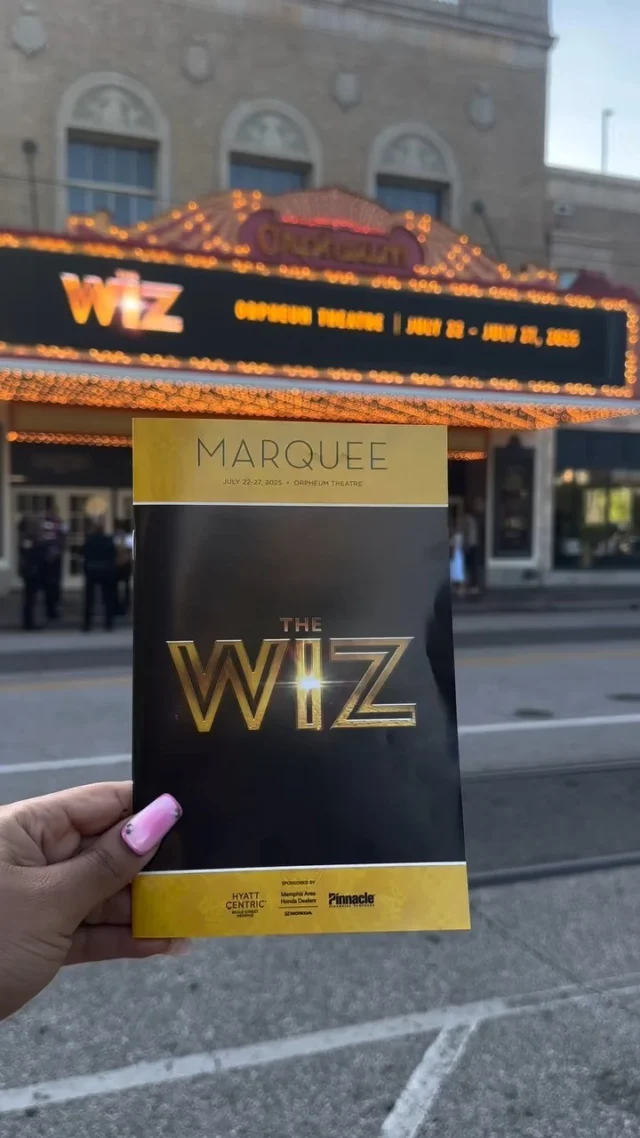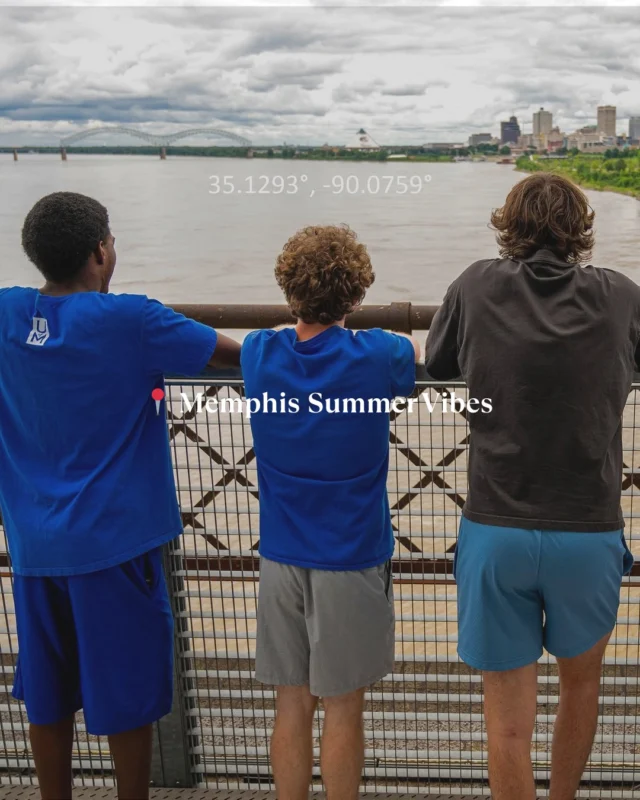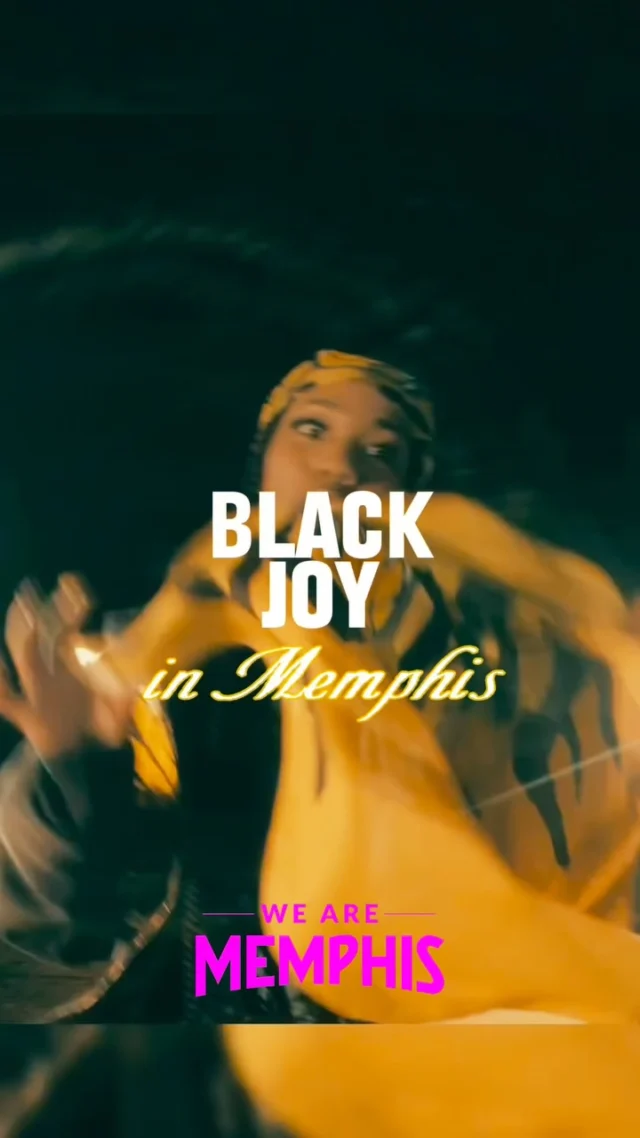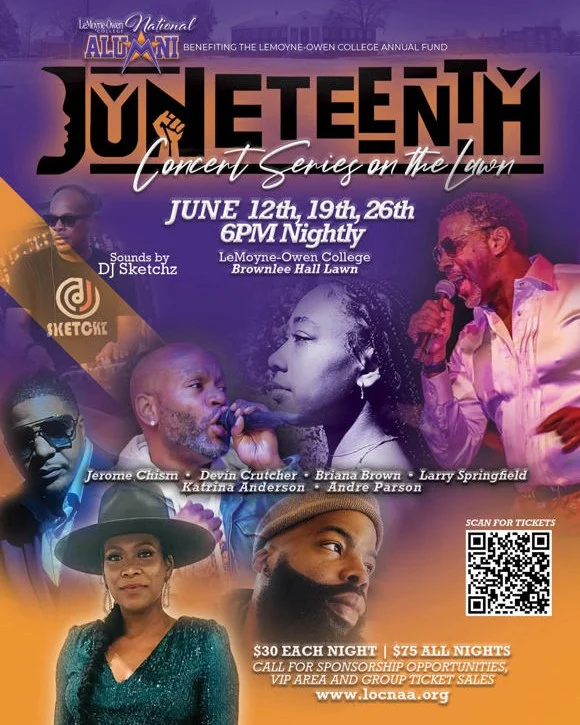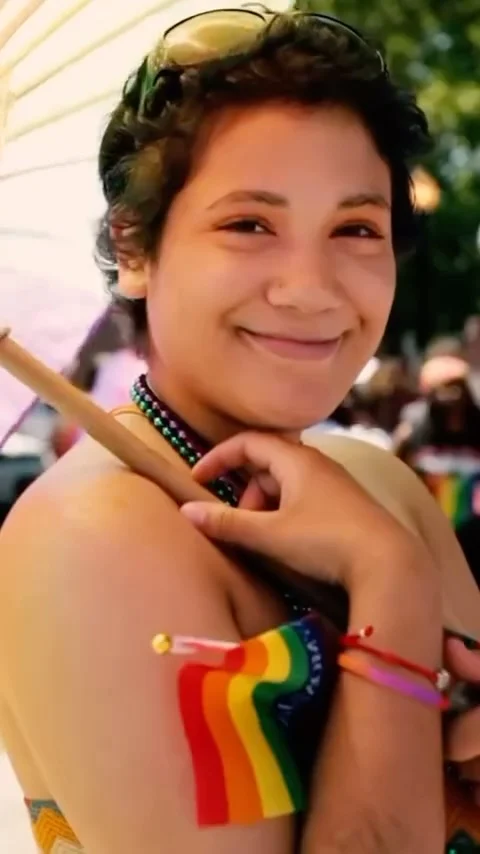Memphis lives and breathes Black history. This February, We Are Memphis presents Black Legacy Lives Here—a month-long celebration of Black excellence, past, present, and future. We’re spotlighting four educators and leaders shaping the next generation.
Meet Kevin Thomas, the Founding Artistic Director of Collage Dance, who is shaping the next generation of dance and artistry right here in Memphis.
WAM: Can you describe the unique work that you do and what inspired you to pursue it?
I began my own ballet training at the age of 7 in Montreal, Canada. It would take another 8 years before I ever saw a Black professional ballet dancer, a person who looked like me and had achieved the career I’d dreamed of. I went on to dance professionally for companies in both Canada and the United States and landed at Dance Theatre of Harlem, the first black dance company in the nation, as a ballet dancer for ten years.
This was the first time I felt seen, celebrated and ultimately safe to be my full self. That planted the seed for the Collage Dance Conservatory which now trains nearly 1,000 young dancers of color in Memphis each week.
WAM: What are some key lessons or values you hope to impart to those who engage with your work?
Training in our conservatory cultivates qualities in our students that they need to dance, train, and perform, but that also benefits them greatly beyond the stage. We’re not just creating great dancers, we’re inspiring the next generation of leaders who have discipline, accountability, work ethic, collaboration, creativity, and self-pride as deeply embedded core values to ground their life’s work.
WAM: What aspects of Memphis’ community or legacy have influenced your journey or mission?
I’m deeply inspired by the community of Memphis, its rich cultural heritage, beloved music and arts community, and the people who make it a great place to live and create. It’s why we relocated and established our organization’s roots in the city 15 years ago.
I have also choreographed pieces inspired by Memphis’ history, like Rise set to Dr. King’s “I’ve Been to the Mountaintop” speech given at the Mason Temple in Memphis, Tennessee on April 3, 1968, and featuring professional dancers from our international touring company performing alongside students from the Collage Dance Conservatory.
We have also invited guest choreographers to visit our city and create new works inspired by the richness all around us like Amy Hall Garner’s Bluff City Blues, a first-of-its-kind ballet inspired by the Home of the Blues, and Joshua Manculich’s Wash inspired by his visits to the Mississippi River.
WAM: Why do you think Memphis is an important place for the work you do?
Memphis has a rich creative and cultural heritage, and, at the same time, Memphians are working towards a bold vision for what this city can become. We’re inspired by this promise and were moved to contribute to that vision, and this rich community, when we relocated the organization here many years ago.
WAM: Why do you believe your work is especially important for the Black community in Memphis?
Our art form, and most classical art forms, have histories that did not center our stories, welcome our complexions, or seek to include our communities on or off the stage. Collage Dance is on a mission to change that and introduce historically excluded communities, like African Americans, like Southerners, like so many of us, to our beloved world of ballet. We’re committed to creating story ballets, event experiences, public performances, training opportunities, and more, with our community in mind.
WAM: How do you see your work contributing to preserving or advancing Black legacy and culture?
We advance community and our culture’s legacy through the thousands of children of color who feel seen, invested in, and nurtured through our dance education programming. And when we share stories that center communities of color on stages around the country, patrons leave feeling affirmed and overcome by emotion. And when hundreds take beginner-friendly adult dance classes each week in our welcoming and affirming Center for Dance in the heart of Binghampton. We are preserving and advancing culture through the work we create, the space we share, and the community members of all ages we are proud to engage each day.
WAM: What are your hopes for the future of your work and its impact on Memphis?
We hope that our mission becomes a lasting reality. That we do our part to “inspire the growth and diversity of ballet” the world over, so that one day the dancers on stages, patrons in seats, students in dance studios, and philanthropists generously supporting our work reflect the beautiful diversity of our world without exception.
WAM: How would you encourage others in the Black community to follow in your footsteps or pursue work that enriches others?
I would encourage people to pursue what moves you. When the days are long, the resources are challenged, and the support is wavering, it’s deep passion for the work that will keep you committed to moving forward.
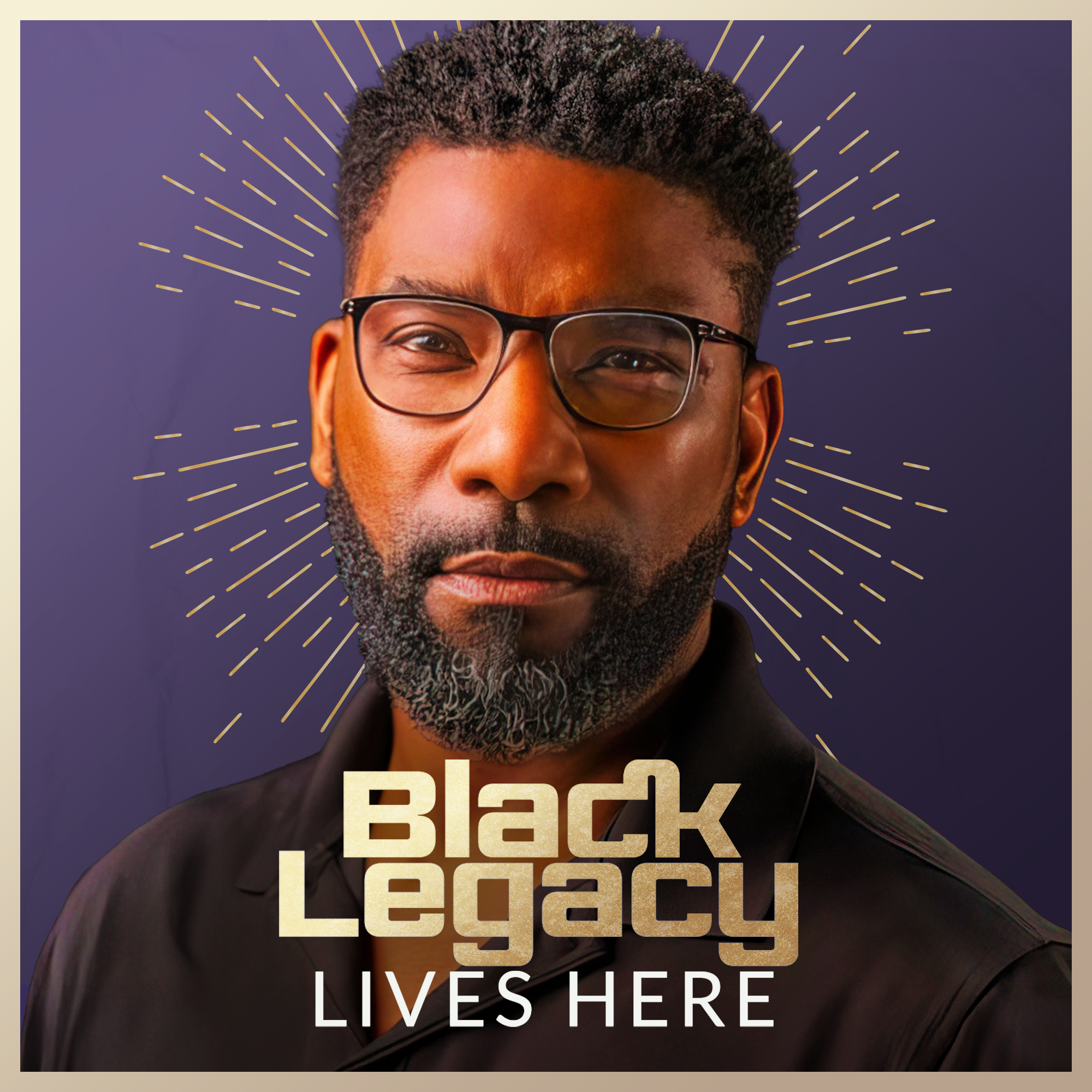





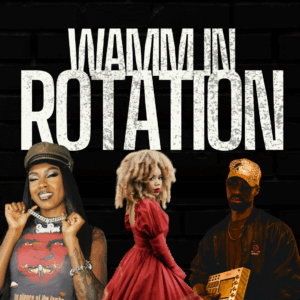
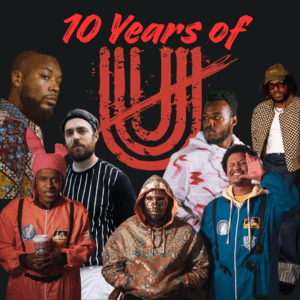





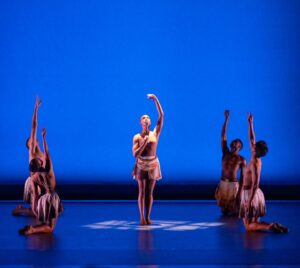



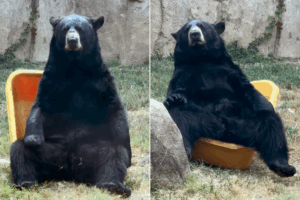

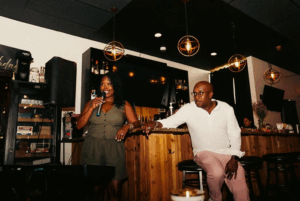






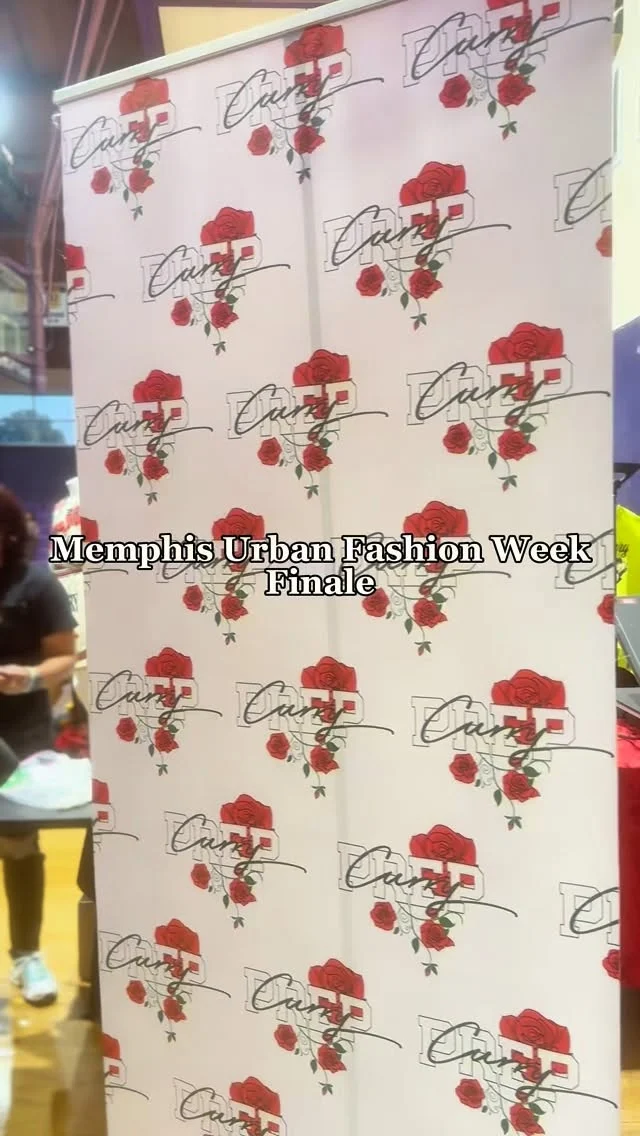
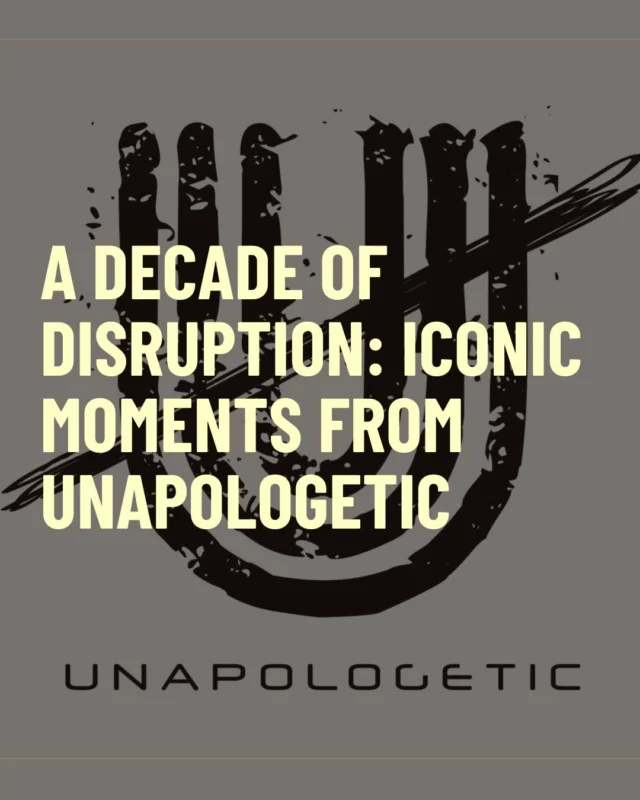


![The countdown is ON, Memphis! We’re officially 30 days out from the @unitememphis 5K + 1-Mile Walk/Run—and this year, we’re stepping into unity on 901 Day 🙌🏽
📍 Monday, September 1 | National Civil Rights Museum
🕘 Start time: 9:01AM
🎶 Food, music & fun to follow
Whether you’re walking or running, this isn’t just a race—it’s a movement. And there’s no better time to join in than now. 👟✨
🎓 COLLEGE STUDENTS: Be one of the first 100 to register using your .edu email with promo code NEXTGENUNITE and your ticket is just $10 (that’s a $32 savings 👀). Limit 2 per person, so tell a friend!
Let’s walk. Let’s run.
Let’s #UniteMemphis 💛
🔗 [link in bio]](https://wearememphis.com/wp-content/uploads/sb-instagram-feed-images/526805187_18335272954206022_6056852028660485499_nfull.webp)
